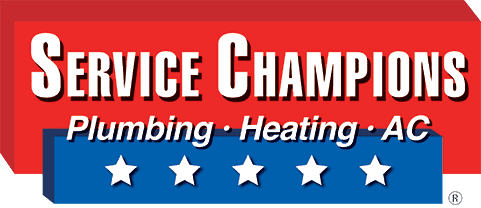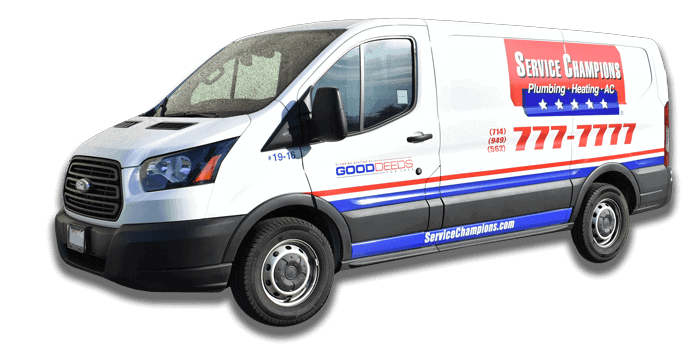

Homeowner Incentives for Energy- Efficient Home Improvements
Welcome to Service Champions, your trusted partner for plumbing, heating, and AC services. We believe in delivering champion-level service, and part of that commitment is helping homeowners like you access valuable incentives for energy-efficient home improvements. The Inflation Reduction Act (IRA), passed in 2022, provides substantial tax credits and rebates with the aim of encouraging homeowners to invest in energy efficiency, particularly in HVAC systems. Let’s explore the homeowner incentives available under the IRA and how you can benefit from them.
Understanding the Inflation Reduction Act (IRA)
The Inflation Reduction Act expands the eligibility and benefits of tax credits for energy-efficient home improvements. Here are the details of the tax credits available to homeowners:
1. Household Savings: Energy-Efficient Home Improvement Credit
Under the IRA, from 1st January, 2023 onwards, homeowners making qualified energy-efficient home improvements are eligible for a tax credit. The credit is a percentage of the total improvement expenses incurred during the installation year. Key highlights include:
- Credit Amounts: Here is how homeowners can enjoy household savings with tax credits for energy-efficient upgrades for each of the following categories.
- Heat Pumps: Get a 30% tax credit on heat pump installations (up to $2,000 annually).
- Air Conditioning: Upgrade your AC system and enjoy a 30% tax credit (up to $1,200 annually).
- Insulation: Enhance energy efficiency with insulation upgrades and receive a 30% tax credit.
- Windows and Doors: Upgrade to energy-efficient models and receive a 30% tax credit (up to $1,200 annually).
- Water Heaters: Invest in an energy-efficient water heater and receive a 30% tax credit (up to $1,200 annually).
- Biomass Stoves: Choose an eco-friendly biomass stove and receive a 30% tax credit (up to $300 annually).
- Geothermal Heat Pumps: Opt for a sustainable geothermal heat pump and enjoy a 30% tax credit (up to $2,000 annually).
- Maximum Credit Limits: The maximum credit per year is $1,200 for most energy property costs and energy-efficient home improvements. However, certain items, such as biomass stoves or boilers, have a separate annual credit limit of $2,000.
- Lifetime Limit: Unlike previous versions, the IRA does not impose a lifetime dollar limit on the credit. Homeowners can claim the maximum annual credit every year until 2033.
- Eligibility Requirements: To qualify, the improvements must meet energy efficiency standards, and the property must be the homeowner’s primary residence located in the United States.
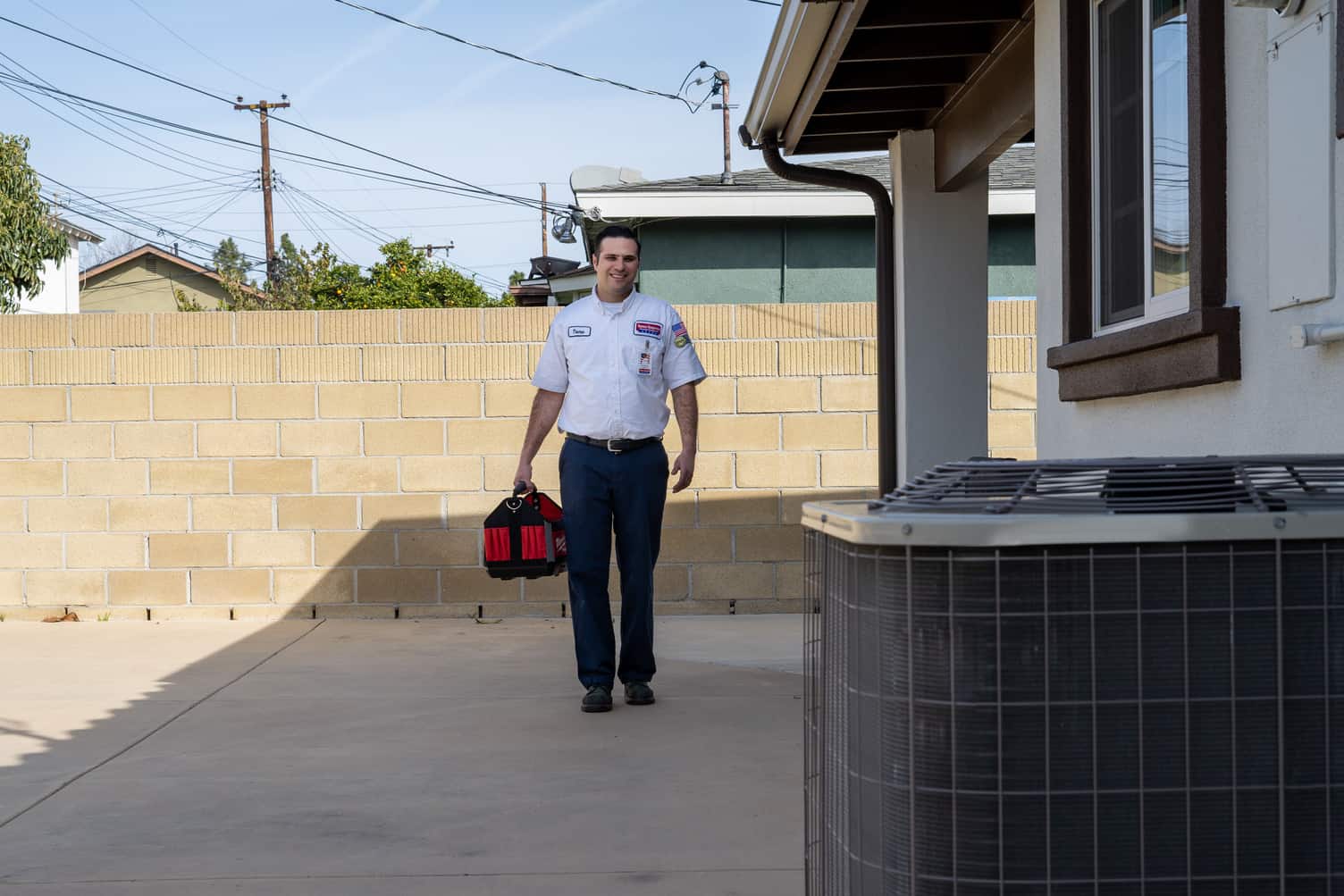
2. Residential Clean Energy Credit
The IRA also introduces a Residential Clean Energy Credit, providing further incentives for homeowners who invest in renewable energy systems. Key features of this credit include:
- Credit Amounts: The credit is equal to 30% of the costs associated with new clean energy property installed between 2022 and 2033. Qualified property includes solar water heaters, solar electric panels, wind turbines, fuel cells, geothermal heat pumps, and battery storage technology (from 2023).
- No Maximum Limits: There are no annual or lifetime dollar limits for the residential clean energy credit, except for fuel cell property. The credit can be claimed every year until 2033.
- Eligibility Criteria: Homeowners can claim this credit for improvements made to their main home, whether owned or rented, as long as it is located in the United States. Second homes used part-time may also qualify.
Understanding Qualified Expenses and Credits
To ensure eligibility for the tax credits, it’s crucial to understand the qualified expenses that qualify for the incentives. Here’s a breakdown of the eligible expenses and credit amounts under the IRA:
1. Building Envelope Components
Qualified expenses for building envelope components include exterior doors, windows, skylights, insulation, and air sealing materials or systems. The credit limits for these components are as follows:
- Exterior Doors: Limited to $250 per door and $500 total.
- Exterior Windows and Skylights: Limited to $600 total.
- Insulation and Air Sealing Materials: No specific credit limit, but subject to the maximum credit limit of $1,200.
2. Home Energy Audits
When it comes to maximizing energy savings in your home, a home energy audit is a valuable tool. By assessing your home’s energy efficiency, you can identify areas where improvements can be made. Under the Inflation Reduction Act (IRA), homeowners can receive a tax credit of up to $150 for a qualified home energy audit. Here’s what you need to know:
- Eligibility and Requirements:To claim the tax credit for a home energy audit, you must ensure that the audit meets specific criteria outlined by the IRA. It is essential to hire a certified auditor who is qualified to perform the assessment and provide a comprehensive written report.
- Qualified Energy Efficiency Improvements :Once you have the audit report in hand, it will outline cost-effective energy efficiency improvements tailored to your home’s needs. The report may recommend upgrades such as installing insulation, sealing air leaks, upgrading HVAC systems, or improving overall home efficiency.
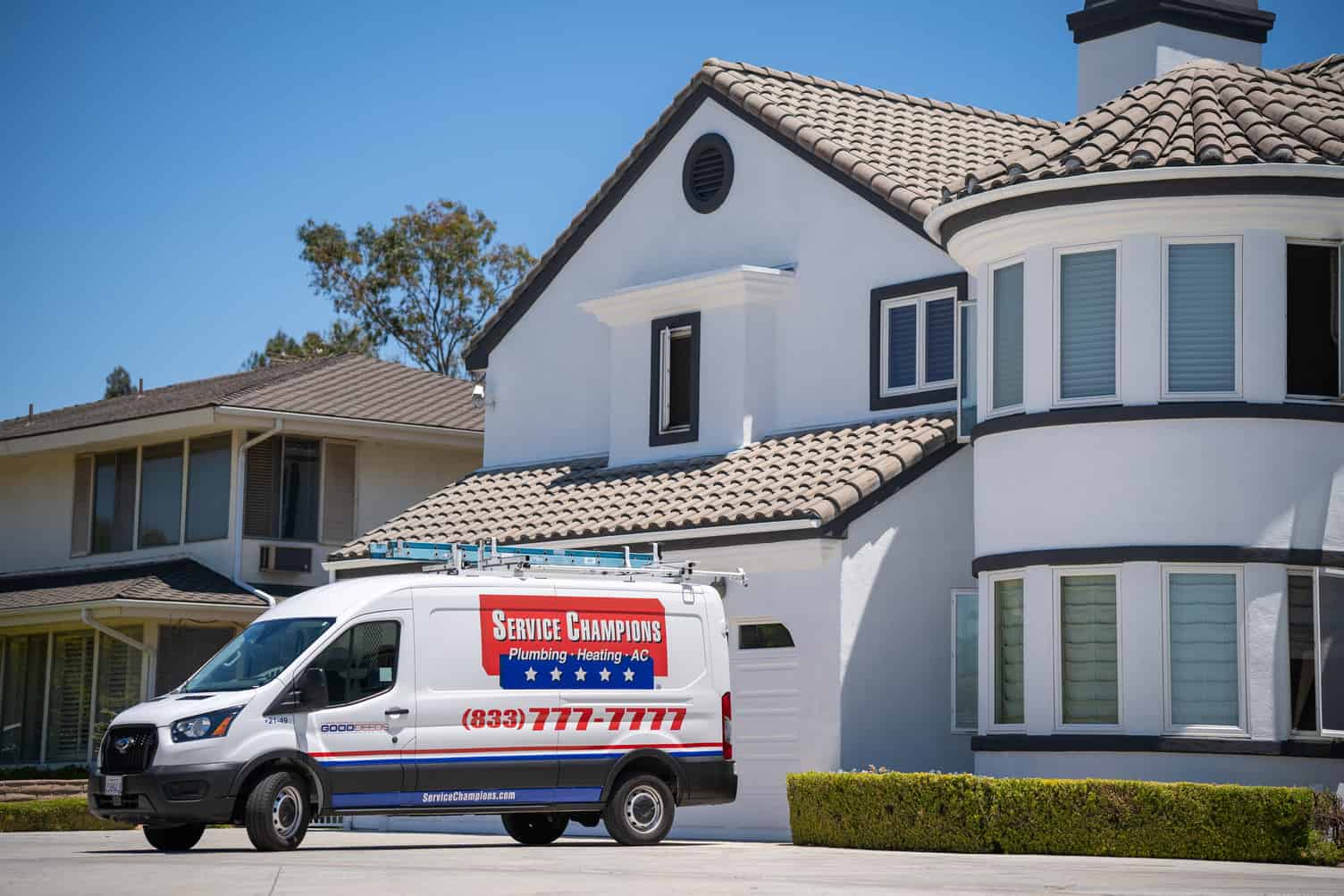
3. Residential Energy Property
Under the Inflation Reduction Act (IRA), homeowners can take advantage of tax credits for qualifying residential energy property improvements. These improvements are aimed at increasing energy efficiency and reducing energy consumption in your home. Here’s what you need to know:
- Central Air Conditioners, Furnaces, Water Heaters, and Boilers
If you choose to upgrade your water heater, furnace, central air conditioner, or hot water boiler to a more energy-efficient model, you may be eligible for a tax credit. Here are the key details:
You can receive a tax credit of up to $600 per item, including installation costs, for qualifying expenses related to central air conditioners, water heaters, boilers, and furnaces.
- Electrical Components
Certain electrical components that support residential energy property improvements can also qualify for the tax credit. To be eligible, these components must meet the requirements set by the National Electric Code and have a capacity of 200 amps or more.
- The tax credit for qualified electrical components is limited to $600 per item.
- Heat Pumps and Biomass Stoves/Boilers
Homeowners who choose to install heat pumps, water heaters, biomass stoves or boilers with at least 75% thermal efficiency rating are accepted for a tax credit.
- The tax credit for these qualifying improvements can be up to $2,000 per year.
- This credit also covers labor costs associated with the installation of heat pumps, water heaters, and biomass stoves and boilers.
How to Claim the Tax Credits
To claim the tax credit for residential energy property improvements, you must complete Form 5695, Residential Energy Credits, and include it with your tax return. It’s important to note that you must claim the credit for the tax year in which the property improvements were made, not when they were purchased.
By taking advantage of the tax credits available under the IRA, you can make energy-efficient upgrades to your home while reducing your tax liability. Consult with a tax professional or refer to IRS guidelines to ensure you meet all eligibility requirements and maximize your potential savings.
Please note: The information provided in this guide is for general informational purposes only and should not be considered tax advice. Consult a qualified tax advisor for personalized guidance based on your specific requirements.
Rebates
In addition to tax credits, the Inflation Reduction Act (IRA) also introduces rebate programs to provide homeowners with point-of-sale rebates for eligible purchases. These rebate programs are funded by the federal government through the Department of Energy and administered by individual states. While the specific guidelines and availability of these rebate programs may vary by state, we will provide you with an overview of how they work.
The Process
The Department of Energy is currently working on providing program guidelines to the states. Each state will then submit applications to the Department of Energy with their proposed plan for implementing the rebates. Once approved, the states will begin offering the rebate programs to homeowners. However, it is expected that most states will not have the rebate programs in place until 2024 due to the timeline for submission and approval.
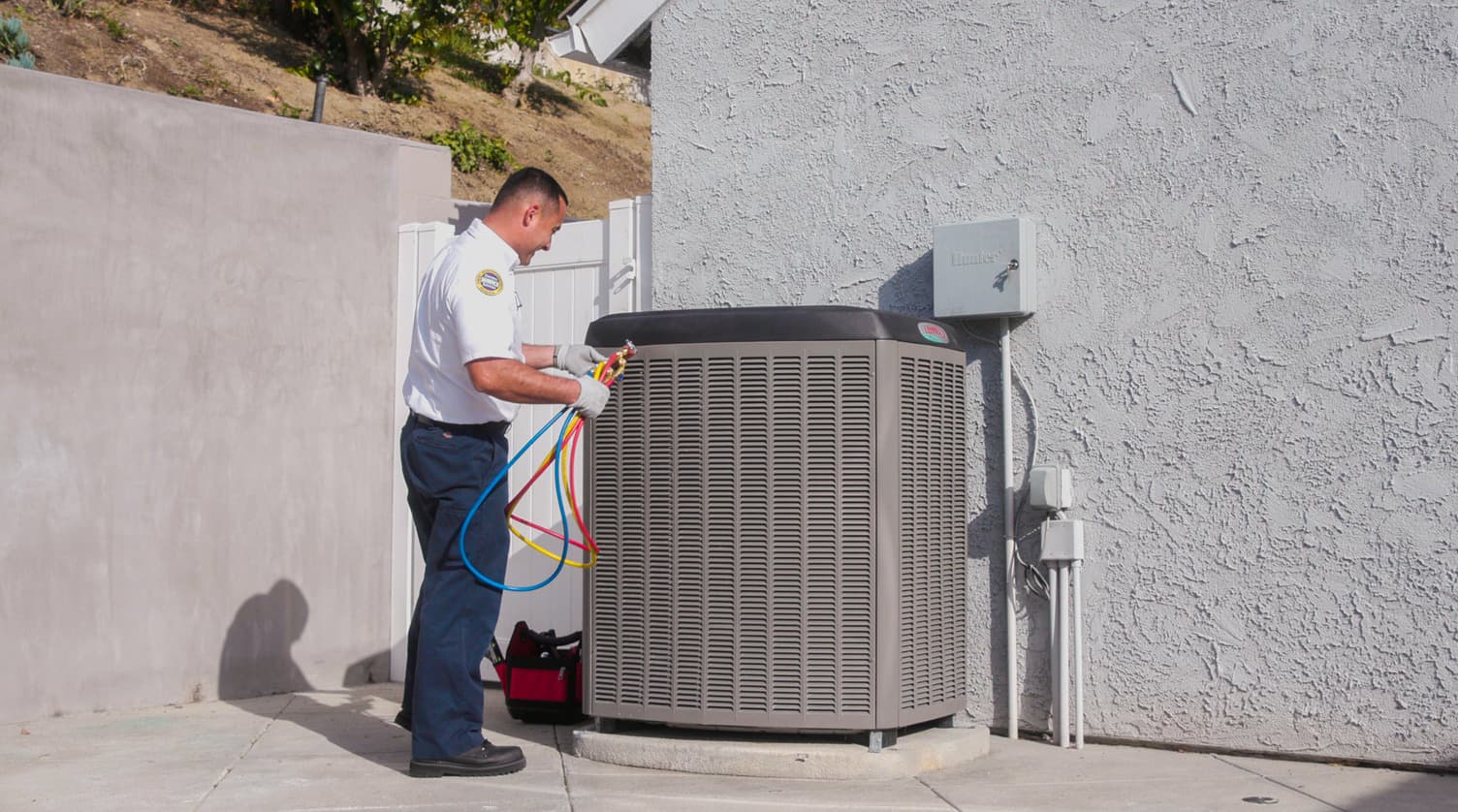
Eligibility and Qualifying Purchases
The rebate programs aim to incentivize homeowners to invest in energy-efficient home improvements, including HVAC systems and other eligible products. While specific details may vary, here are some examples of qualifying purchases that may be eligible for rebates:
- High-efficiency HVAC systems: Upgrading to a more energy-efficient heating and cooling system can significantly reduce your energy consumption. By installing eligible HVAC systems, you may qualify for a rebate through the state rebate program.
- Solar water heaters: Switching to a solar water heating system can help lower your energy bills and reduce your carbon footprint. Rebates may be available for the installation of qualifying solar water heaters.
- Energy-efficient appliances: Upgrading your appliances to ENERGY-STAR certified models can contribute to significant energy savings. Rebates may be available for eligible purchases of energy-efficient refrigerators, dishwashers, washing machines, and more.
- Insulation and weatherization: Proper insulation and weatherization play a crucial role in maintaining energy efficiency in your home. Rebates may be available for the installation of insulation materials, weather-stripping, caulking, and other energy-saving measures.
- Smart thermostats: Investing in a smart thermostat allows you to have better control over your home’s temperature and energy usage. Rebates may be available for the purchase and installation of eligible smart thermostats.
Claiming Rebates
To claim the rebates, homeowners typically need to follow a few steps, which may include:
- Purchase eligible products: Ensure that the products you are purchasing meet the criteria specified by the state rebate program. It is important to review the program guidelines and any required certifications or specifications.
- Submit documentation: Keep copies of your receipts, product information, and any other documentation required by the rebate program. This may include proof of purchase, installation receipts, and product certifications.
- Complete the application: Fill out the rebate application provided by the state program. The application will require you to provide details about your purchase, installation, and any other required information. Make sure to submit the application within the specified timeframe.
- Receive the rebate: Once your application is approved, you will receive the rebate amount either as a direct payment or in the form of a check. The rebate program will specify the payment method and timeline.
Combining State and Federal Initiatives: Maximizing Efficiency Upgrade Rebates
As energy efficiency gains importance, homeowners can benefit from state and federal rebate programs for efficiency upgrades. While the possibility of combining these incentives is unclear, the potential for combined savings is promising.
The Department of Energy will provide guidance to state energy departments, who will then determine how to implement the federal rebates. Details are crucial, and the interpretation of the law will shape the programs. In some cases, combining federal and state rebates may be possible if state programs don’t rely on federal funding. Homeowners can stack state incentives on top of the federal program, though states may evaluate existing programs for adjustments.
While uncertainties exist, combining state and federal rebates can maximize savings for efficiency upgrades. Stay updated with your state’s energy department and seize the opportunity for a greater financial benefit.
Explore the potential of leveraging both state and federal rebates for efficiency upgrades. By capitalizing on these combined incentives, you can make energy-saving improvements more affordable and feasible. Take advantage of these combined incentives to move towards a more energy-efficient and sustainable future.
Please Note: Rebate availability, amounts, and program guidelines can vary by state and may be subject to change. Stay updated on the rebate programs in your state through official state websites or by contacting your local energy efficiency program.
Rebate programs under the Inflation Reduction Act (IRA) offer homeowners additional financial incentives for investing in energy-efficient home improvements. By taking advantage of these rebates, you can further reduce the cost of upgrading your HVAC system, installing energy-efficient appliances, and making other energy-saving enhancements to your home.
At Service Champions, we understand the value of rebates in making energy-efficient home improvements more affordable. Our team of experts can guide you through the process, helping you identify eligible products and providing the necessary documentation to maximize your rebate potential.
To stay up-to-date with the latest tax credits and rebate programs, check out the following:
Save up to 20% on energy costs with proper duct sealing and increase energy efficiency.
Maximize savings with up to $2,000 in tax credits for installing a qualified heat pump system.
Upgrade to an energy-efficient HVAC system and enjoy up to $1,200 in tax credits.
Enhance indoor air quality and qualify for tax credits with eligible ventilation upgrades.
Benefit from energy and cost savings with up to $600 in tax credits for installing a high-efficiency water heater.
Contact Us Today!
Service Champions is here to help you understand tax credits and rebate programs, ensuring that you make the most of the available incentives. Click the button below to talk to us about your options.
